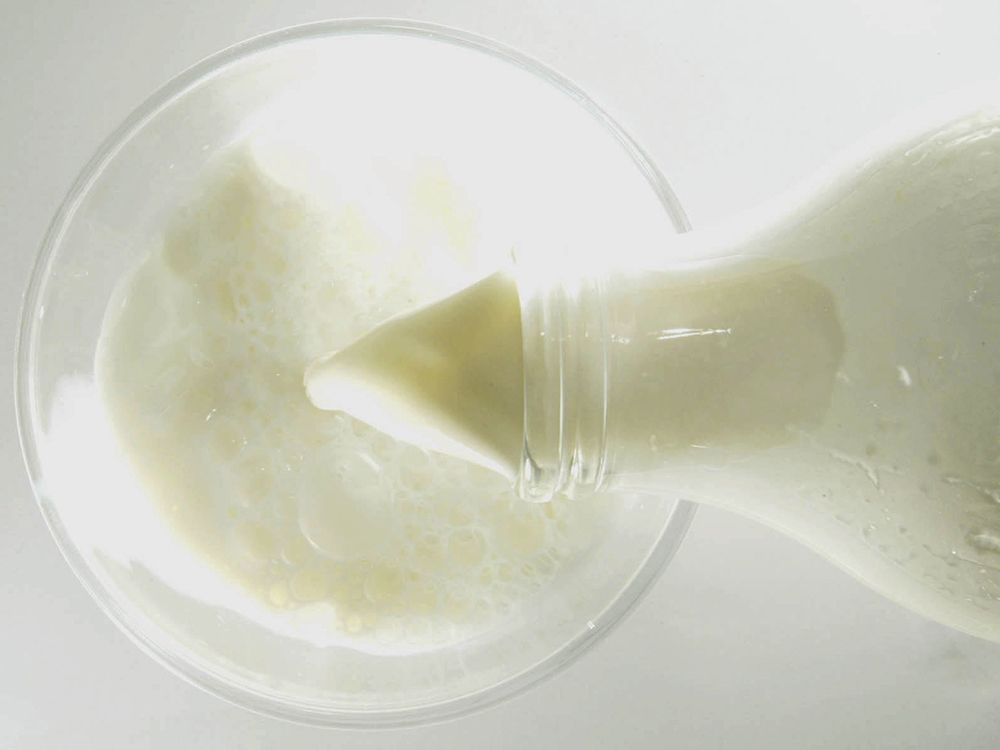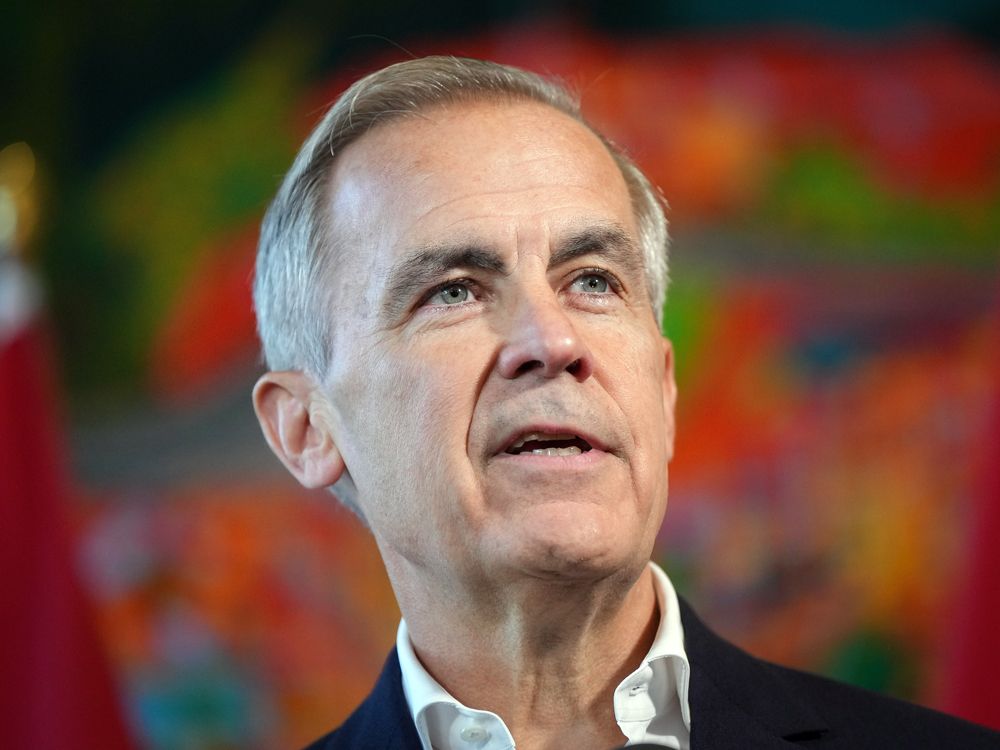Trade tariffs and expansionary monetary policy have taken a toll on grocery bills
Published Oct 14, 2024 • Last updated 0 minutes ago • 4 minute read

By Michel Kelly Gagnon and Gerard Lucyshyn
Food inflation has become a pressing concern for Canadians as they witness soaring prices at their local grocery stores. To explain the causes and culprits for this, some media outlets have turned to the trending theory of “greedflation,” blaming price hikes on the insatiable desire of corporate leaders to acquire more.
Advertisement 2
THIS CONTENT IS RESERVED FOR SUBSCRIBERS
Enjoy the latest local, national and international news.
- Exclusive articles by Conrad Black, Barbara Kay and others. Plus, special edition NP Platformed and First Reading newsletters and virtual events.
- Unlimited online access to National Post and 15 news sites with one account.
- National Post ePaper, an electronic replica of the print edition to view on any device, share and comment on.
- Daily puzzles including the New York Times Crossword.
- Support local journalism.
SUBSCRIBE FOR MORE ARTICLES
Enjoy the latest local, national and international news.
- Exclusive articles by Conrad Black, Barbara Kay and others. Plus, special edition NP Platformed and First Reading newsletters and virtual events.
- Unlimited online access to National Post and 15 news sites with one account.
- National Post ePaper, an electronic replica of the print edition to view on any device, share and comment on.
- Daily puzzles including the New York Times Crossword.
- Support local journalism.
REGISTER / SIGN IN TO UNLOCK MORE ARTICLES
Create an account or sign in to continue with your reading experience.
- Access articles from across Canada with one account.
- Share your thoughts and join the conversation in the comments.
- Enjoy additional articles per month.
- Get email updates from your favourite authors.
THIS ARTICLE IS FREE TO READ REGISTER TO UNLOCK.
Create an account or sign in to continue with your reading experience.
- Access articles from across Canada with one account
- Share your thoughts and join the conversation in the comments
- Enjoy additional articles per month
- Get email updates from your favourite authors
Article content
The political class responded to the general outcry by tasking the House of Commons agriculture committee in 2022 to study the issue. The Competition Bureau of Canada did the same.
After five months of hearings with food industry personnel and experts in consumer affairs and climate change, the Commons committee discovered a number of causes that had contributed to escalating food prices. It released a final report in June 2023.
The most influential were the international supply chain disruptions stemming from the COVID pandemic shutdown of 2020. These resulted in fluctuations in global pricing and impacted the availability of feed, fuel, fertilizer and labour.
Another cause was Canada’s import tariffs on Russian exports — particularly those on agricultural fertilizers — to penalize the country’s invasion of Ukraine in 2022. These tariffs remain active as of 2023. Russia was and still remains one of the top exporters of fertilizers in the world, and once was a significant supplier for Canadian agriculture.
Absent from the committee’s findings was any evidence that greed played a role in hiking food costs. In his testimony, Prof. Sylvain Charlebois, head of the Agri-Food Analytics Lab at Dalhousie University, stated that his organization closely examined Canadian grocery chain profits since the mid-2010s and “failed to see any evidence of profiteering on all accounts.”
By signing up you consent to receive the above newsletter from Postmedia Network Inc.
Article content
Advertisement 3
Article content
As for the Competition Bureau of Canada, an independent law enforcement agency tasked with promoting competition, its investigation into Canada’s large grocery chains also failed to find evidence of greed. In its final report, also released June 2023, it deduced that most Canadians buy groceries from stores located near their home, that urban shoppers have significantly more options than those in rural and remote areas, that supermarkets are still the main option for purchasing food; and that loyalty programs are an important driver of consumer choice.
The Competition Bureau concluded that Canada’s grocery industry is highly concentrated and needs more competition. It recommended that it be granted more funding and “more power to act,” particularly if it is to maintain “heightened vigilance and scrutiny” in the grocery sector.
A final factor contributing to food inflation — overlooked by both the Commons committee and the Competition Bureau — is the role of the Bank of Canada in drastically expanding the money supply.
The economic principle is simple: When the amount of money in an economy is increased, and there are more dollars chasing the same quantity of goods and services, price levels must rise.
Advertisement 4
Article content
By comparing the Canadian Consumer Price Index (CPI) for food and the supply of money between 2020 and 2024, it is quite clear that an increase in the amount of money circulating in the economy did, in fact, play a significant role in the escalation of prices in general.
In April 2020, in response to the sudden economic downturn caused by COVID-19 policies, the Bank of Canada announced it had “taken measures to improve market function so that monetary policy actions have their intended effect on the economy.” These actions increased the money supply (or as some may prefer “quantitative easing”). At the time, the Bank of Canada said that it “aimed at helping to bridge the current period of containment and create the conditions for a sustainable recovery and achievement of the inflation target over time.

Money supply peaked around January 2021, and 24 months later, food prices spiked and CPI for all items reached its peak. According to textbook monetary policy and even the words of the Bank of Canada: “Monetary policy actions take time — usually between (18 and 24 months) — to work their way through the economy and have their full effect on inflation.”
Advertisement 5
Article content

The impact of money supply on inflation is also felt in the opposite direction, since food price inflation has actually slowed as money growth rates have returned to more normal levels (even dipping into negative territory).
The causes and culprits of food inflation are thus clearly explained by well-known economic principles and government decisions: supply chain disruptions, trade tariffs and expansionary monetary policy. There was no sudden increase of greed among grocers, nor any sudden decrease in competitive forces to keep that greed in check.
Perhaps these causes are not as provocative an explanation as greedflation, but they do a much better job of fitting both the observed facts and the scientific theory.
Let’s not allow our appetite for sensational stories to blind us to the reality on the ground. And let’s hope our politicians will resist the urge to make ill-advised policy decisions based on such a misreading of the situation, to the detriment of Canadian consumers.
National Post
Michel Kelly Gagnon is the founding president of MEI, a think tank with offices in Calgary and Montreal. Gerard Lucyshyn is the president and executive director of the Regulatory Research Institute of Canada.
Recommended from Editorial
-

John Ivison: No party wants to kill this bill that could keep groceries more expensive forever
-

Chris Selley: The grocery wars are unmasking Canadian politics, and it's a great thing
Article content
.png)
 4 days ago
12
4 days ago
12




































 Bengali (BD) ·
Bengali (BD) ·  English (US) ·
English (US) ·